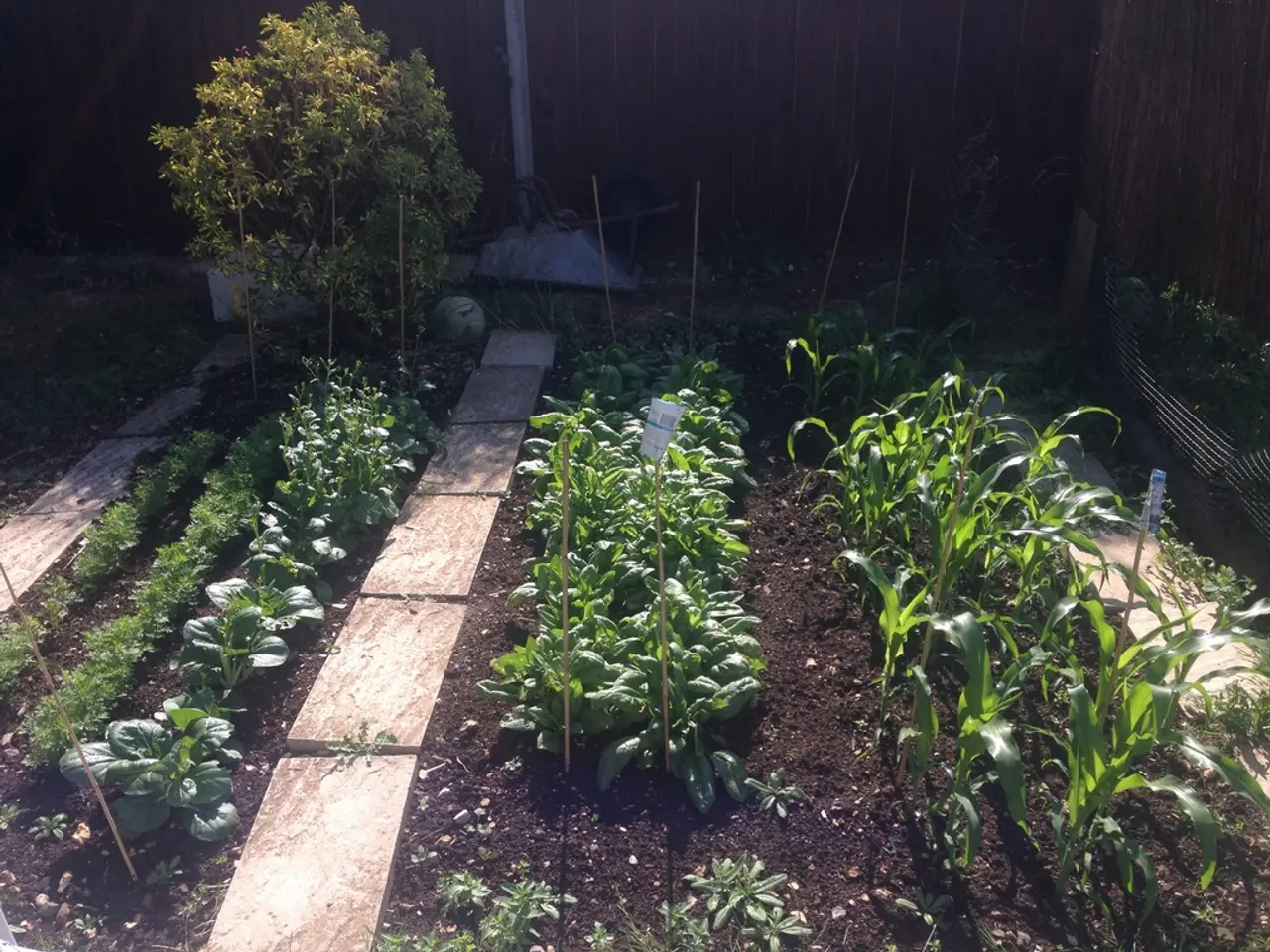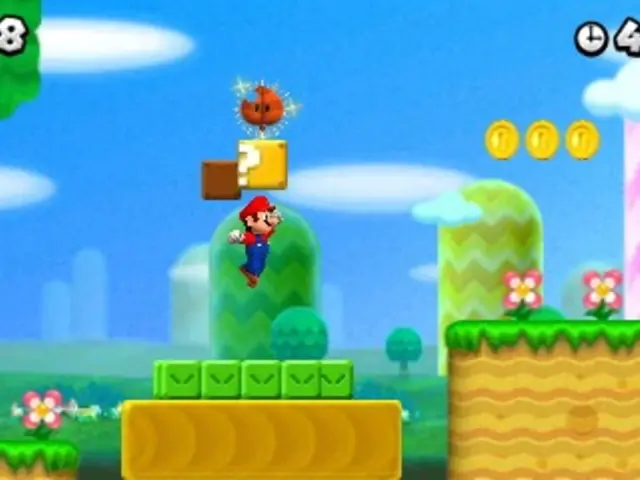Comprehensive Guide for Seed Sowing: Essential Knowledge for Germinating Seeds
In the world of gardening, the art of seed starting is a crucial step towards a lush and bountiful harvest. Whether you're growing warm-weather or cold-weather crops, the key to success lies in understanding their temperature preferences and adapting your seed starting methods accordingly.
Warm-Weather Seeds
Warm-weather seeds, such as peppers, tomatoes, and cucumbers, thrive in a warm growing environment. To ensure a head start, begin seeds indoors 6-8 weeks before the last expected frost date. For slow-germinating seeds like peppers, maintaining soil temperatures around 80-90°F with the aid of seedling heat mats is essential for optimal germination.
Maintaining moisture and light is also crucial. Watering from the bottom helps prevent rot, while providing strong, close fluorescent light indoors develops sturdy seedlings. Transplant seedlings outdoors only when nighttime temperatures consistently reach at least 60-70°F to avoid cold stress. In warm regions or long seasons, seeds like tomatoes can be sown directly outdoors once soil temperature is above 60°F, avoiding transplant shock.
Cold-Weather Seeds
Cold-weather seeds, such as lettuce, spinach, and kale, tolerate cooler soil and air temperatures better. Many prefer direct sowing outdoors early in the season once soil can be worked but before last frost. Some cool-season crops can also be started indoors earlier, then hardened off and transplanted when weather permits. Cold-weather seeds generally do not need heat mats and often require cooler germination temperatures (often 40-65°F depending on species).
To protect young plants from late frosts and temperature swings outdoors, use row covers or cloches until fully established.
A Comparison
| Aspect | Warm-Weather Seeds | Cold-Weather Seeds | |----------------------|---------------------------------------|---------------------------------------| | Germination Temp | 70-90°F with heat mats often needed | Cooler temps, often 40-65°F, no heat mats | | Start Method | Start indoors 6-8 weeks before frost | Direct sow early in season or start indoors | | Watering | Bottom water to keep moist but not soggy | Regular watering, but cooler soil may hold moisture | | Light | Fluorescent grow lights close to plants | Natural sunlight sufficient for many | | Transplant Timing | After last frost and stable warmth | As soon as soil can be worked, before frost | | Outdoor Direct Sow | After soil warms >60°F in warm climates | Early spring, once soil is workable |
Preparing for Success
Direct sowing involves planting the seeds directly into the soil and is an easy way of sowing seeds because the seeds do not require much monitoring. Seedling pots, containers used for growing seedlings before transplanting them into the garden or larger containers, are versatile and can be scaled up or down.
Seeds native to the region or well adapted to the local weather condition have a higher chance of survival. Seeds should be sown in sterile, bagged seed starting mix. High-quality seeds will germinate faster and at a higher rate.
Indoor seed starting involves sowing the seeds indoors using a growing medium and is a great choice for growers who would like to grow crops early in the season. Any type of container can be used for seed starting, but specific containers like cell packs, seedling flats, soil blockers, biodegradable pots, and seedling pots are available for more efficient and controlled growth.
Seedlings require about 14 to 16 hours of direct sunlight. Biodegradable pots, made from materials like cardboard pulp, dried coconut husks, paper, or cow manure, break down into the ground, minimizing transplanting shock. Seedlings should be watered carefully to avoid excess moisture and to prevent diseases.
By adapting your seed starting method to the crop’s temperature preference and your local climate, you can maximize germination success and healthy seedling growth. Happy planting!
In the realm of home-and-garden lifestyle, gardening enthusiasts should carefully adapt their seed starting methods based on the crop's temperature preferences for a flourishing harvest. Warm-weather seeds, such as tomatoes and cucumbers, would benefit from starting indoors 6-8 weeks before the last frost with soil temperatures kept at 70-90°F using heat mats for optimal germination and growth.
On the other hand, cold-weather seeds like lettuce and kale can often be directly sown outdoors early in the season or started indoors cooler temperatures (40-65°F) without heat mats, typically sowing them in the fall or early spring. This attentiveness to temperature and starting method tailored to crop types can significantly enhance germination success and healthy seedling growth for a thriving home and garden lifestyle.








